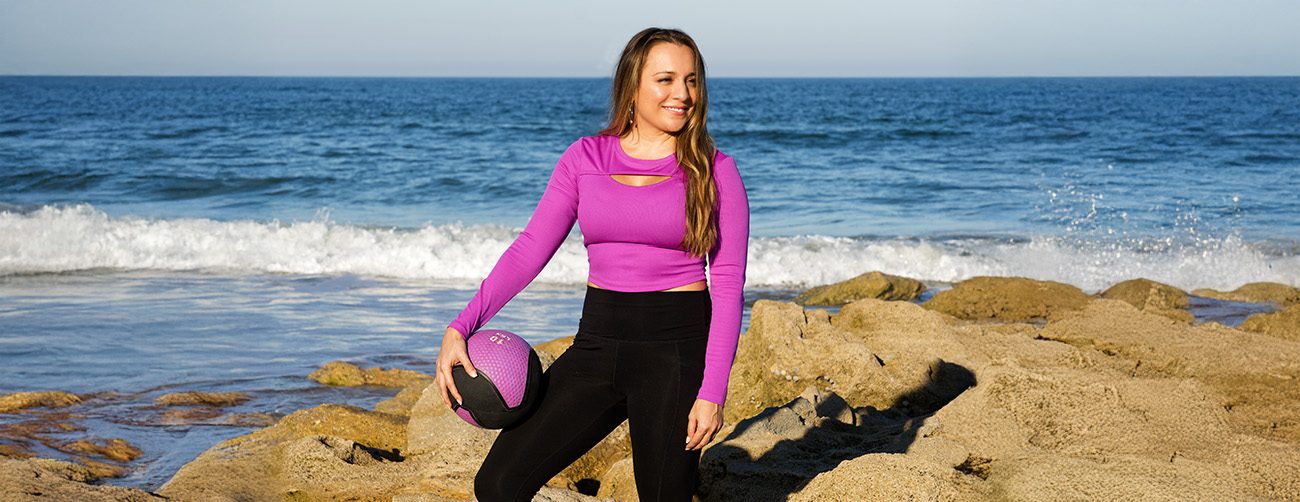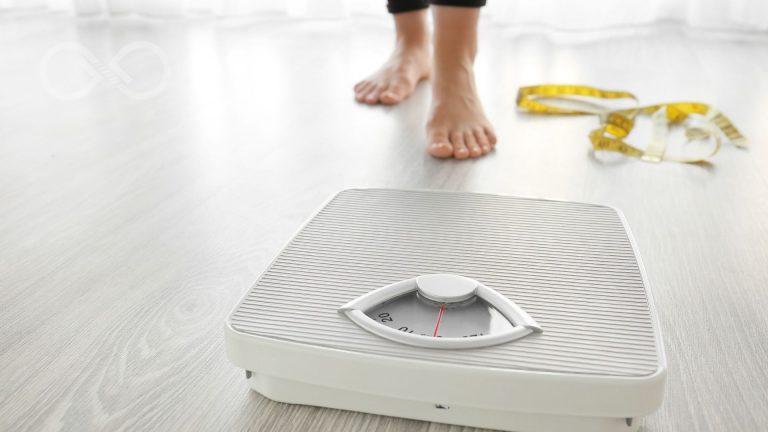When it comes to weight loss and building a healthier lifestyle, protein is your secret weapon. It’s not just for bodybuilders or athletes; protein plays a crucial role in keeping you full, maintaining muscle, and boosting your metabolism. Let’s explore why protein is so powerful and how to easily incorporate it into your daily routine.
Why Protein Matters for Weight Loss
- Keeps You Full Longer: Protein takes longer to digest than carbohydrates, which helps control hunger and reduce cravings. By staying satisfied longer, you’re less likely to snack on unhealthy foods.
- Boosts Your Metabolism: Your body burns more calories digesting protein compared to fats or carbs. This process, known as the thermic effect of food (TEF), can help you burn a few extra calories each day.
- Preserves Lean Muscle: During weight loss, it’s common to lose both fat and muscle. Eating enough protein helps maintain your muscle mass, which is key to keeping your metabolism running efficiently.
- Supports Recovery: Protein aids in muscle repair after workouts, helping you recover faster and feel stronger.
How Much Protein Do You Need?
The amount of protein you need depends on factors like your weight, activity level, and goals. A good starting point is to aim for 0.8-1 gram of protein per pound of body weight if you’re active. For example, if you weigh 150 pounds, aim for 120-150 grams of protein daily.
Easy Ways to Add Protein to Your Meals
- Breakfast:
- Add a scoop of protein powder to your oatmeal or smoothie.
- Opt for high-protein options like Greek yogurt or cottage cheese.
- Include eggs or egg whites in your breakfast.
- Snacks:
- Keep hard-boiled eggs, string cheese, or jerky on hand.
- Try a handful of nuts or a protein bar (watch for added sugars).
- Lunch and Dinner:
- Include lean proteins like chicken, turkey, or fish.
- Add plant-based proteins such as tofu, tempeh, or lentils.
- Use canned beans or chickpeas in soups, salads, or wraps.
- Sides and Add-Ons:
- Sprinkle chia seeds, hemp seeds, or nuts on your dishes.
- Use hummus as a dip for veggies or a spread on sandwiches.
High-Protein Meal Ideas
- Breakfast: Greek yogurt parfait with berries and granola.
- Lunch: Grilled chicken salad with mixed greens and avocado.
- Dinner: Baked salmon with quinoa and steamed asparagus.
- Snack: Apple slices with peanut butter or cottage cheese with pineapple.
Protein Myths Debunked
- Myth: Eating too much protein is bad for your kidneys.
- Truth: For healthy individuals, high-protein diets are safe and have no adverse effects on kidney function.
- Myth: You can only absorb a certain amount of protein per meal.
- Truth: While your body may use protein differently depending on timing, spreading your intake throughout the day is most effective.
Take Action Today
- Track Your Protein: Start by monitoring how much protein you’re currently eating and gradually increase it to meet your goal.
- Experiment: Try different protein sources to see what you enjoy most.
- Plan Ahead: Prep high-protein snacks and meals to keep you on track.
Protein isn’t just about building muscle—it’s about building a healthier, more energized you. With these tips, you’ll be well on your way to reaching your weight loss goals. Which protein-packed meal will you try first? Let us know in the comments!




